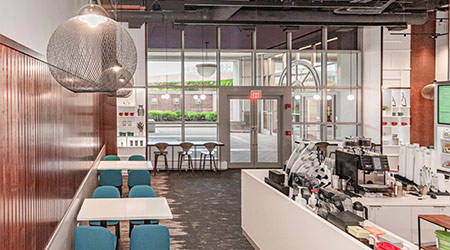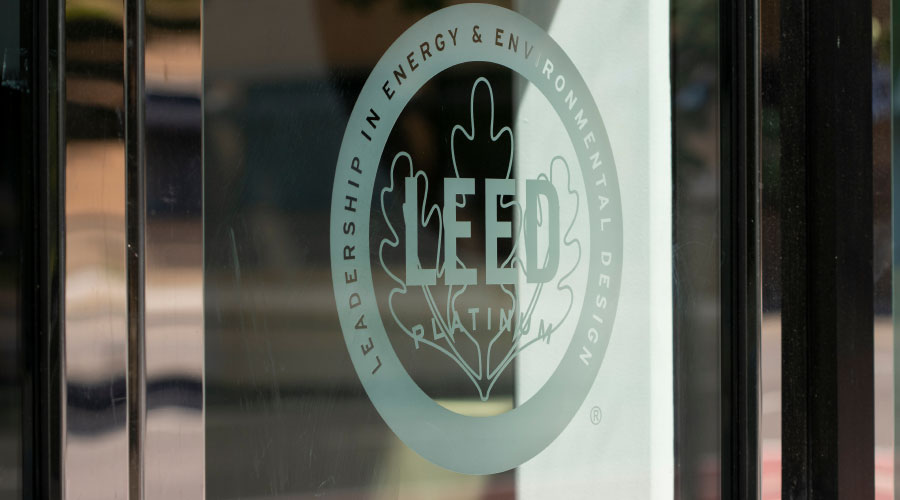 Empire State Realty Trust, courtesy of IWBI
Empire State Realty Trust, courtesy of IWBIWELL Health-Safety Rating: Linking FM and Wellness, Health, Safety
Buildings earning the WELL Health-Safety Rating show occupants and visitors that concrete, impactful, effective steps have been made to ensure health, safety, and wellness.
For many facility managers, the pandemic has necessitated they refocus efforts and resources on health, wellness, and safety strategies. These days, health, wellness, and safety are inextricably linked with standard facility operating procedure.
The International WELL Building Institute (IWBI), which created the WELL Rating System, has created a new rating system for buildings called WELL Health-Safety Rating.
“WELL Health-Safety Rating is a centralized source for policies and protocols to protect against acute health safety issues,” says Jessica Cooper, IWBI’s chief commercial officer. “The rating system leverages insights from leading industry associations and recommendations for how to respond.”
The WELL Health-Safety Rating provides a suite of policy and procedure guidance designed to mitigate virus spread and keep building occupants healthy, well, and safe. Though the rating system was launched in June 2020, and with many strategies you’d expect — improving cleaning practices, creating a health plan for re-entry, monitoring air and water quality, and many more — the rating system is not exclusive to the coronavirus. It also includes credits for developing a Legionella management plan, bolstering emergency resilience, and providing paid sick leave, among others.
“The systems can help you identify details you may have overlooked,” says Cooper.
The goal is for WELL Health-Safety Rating to continue the process of making health, wellness, and safety embedded within facility management. From there, FMs can move on to more advanced strategies, says Cooper.
“WELL Health-Safety Rating is an accessible entry point to WELL,” she says. “You can start with this, and then get into WELL. It’s a really good jumping off point.”
Because WELL Health-Safety Rating is truly a rating system, one of its benefits is that it provides verification of efforts towards building trust with building occupants by making these strategies visible. Yes, certification shows that an entire suite of strategies has been implemented, “which helps everyone feel more confident,” says Cooper. But also, each individual strategy, based on science and evidence, “helps make the invisible visible,” she says.
“The system provides an effective communication tool to build confidence,” says Cooper. “This also improves stakeholder engagement.”
WELL Health-Safety Rating has nearly 1 billion square feet either certified or in the process of being certified, says Cooper. That includes such recognizable facilities as Yankee Stadium and organizations such as JP Morgan Chase and Fairfax County Schools.
Related Topics:















